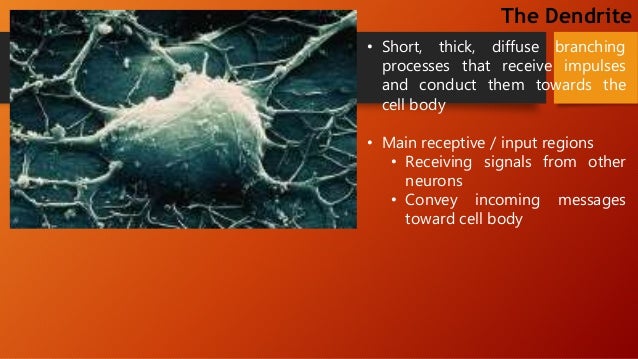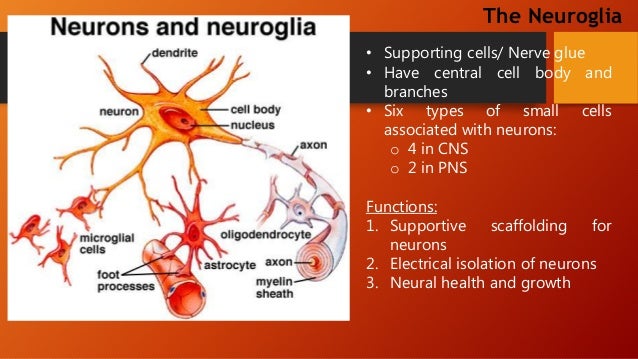

- #FREE NERVE ENDINGS AND ENCAPSULATED GENERATOR#
- #FREE NERVE ENDINGS AND ENCAPSULATED SKIN#
- #FREE NERVE ENDINGS AND ENCAPSULATED FREE#
During touch, mechanoreceptors in the skin and other tissues respond to variations in pressure.
#FREE NERVE ENDINGS AND ENCAPSULATED FREE#
Free nerve endings are the most common nerve endings in skin, and they extend into the middle of. A free nerve ending, as its name implies, is an unencapsulated dendrite of a sensory neuron. During smell, olfactory receptors recognize molecular features of wafting odors. Mechanoreceptors in the skin are described as encapsulated (that is, surrounded by a capsule) or unencapsulated (a group that includes free nerve endings). During taste, sensory neurons in our taste buds detect chemical qualities of our foods including sweetness, bitterness, sourness, saltiness, and umami (savory taste). During hearing, mechanoreceptors in hair cells of the inner ear detect vibrations conducted from the eardrum. During vision, rod and cone photoreceptors respond to light intensity and color. Ruffini endings, Pacinian corpuscles, and free nerve endings are most prevalent in the fibrous joint capsule Golgi tendon organs are most common in the. Microscopic examination of the skin reveals a variety of nerve terminals including free nerve endings (which are most common), Ruffini endings, and encapsulated endings, such Pacinian corpuscles, Meissner’s corpuscles, and Krause end bulbs.

Graded potentials in receptor cells are called receptor potentials. Action potentials triggered by receptor cells, however, are indirect. When strong enough to reach threshold they can directly trigger an action potential along the axon of the sensory neuron.
#FREE NERVE ENDINGS AND ENCAPSULATED GENERATOR#
Sensory receptors perform countless functions in our bodies. The first three types are encapsulated the fourth is unencapsulated: type I, Ruffini endings type II, Pacinian corpuscles type III, Golgi tendon organs and type IV, free nerve endings. Graded potentials in free and encapsulated nerve endings are called generator potentials. For example, hygroreceptors that respond to changes in humidity and osmoreceptors that respond to the osmolarity of fluids may do so via a mechanosensory mechanism or may detect a chemical characteristic of the environment. Encapsulated in connective tissue in superficial skin layers. In some cases, the mechanism of action for a receptor is not clear. Free nerve endings (coarse touch, pain, temperature). Broadly, sensory receptors respond to one of four primary stimuli:Ī schematic of the classes of sensory receptors: Sensory receptor cells differ in terms of morphology, location, and stimulus.Īll sensory receptors rely on one of these four capacities to detect changes in the environment, but may be tuned to detect specific characteristics of each to perform a specific sensory function. Sensory receptors can be classified by the type of stimulus that generates a response in the receptor. baroreceptor: A nerve ending that is sensitive to changes in blood pressure.mechanoreceptor: Any receptor that provides an organism with information about mechanical changes in its environment such as movement, tension, and pressure.photoreceptor: A specialized neuron able to detect and react to light.


 0 kommentar(er)
0 kommentar(er)
